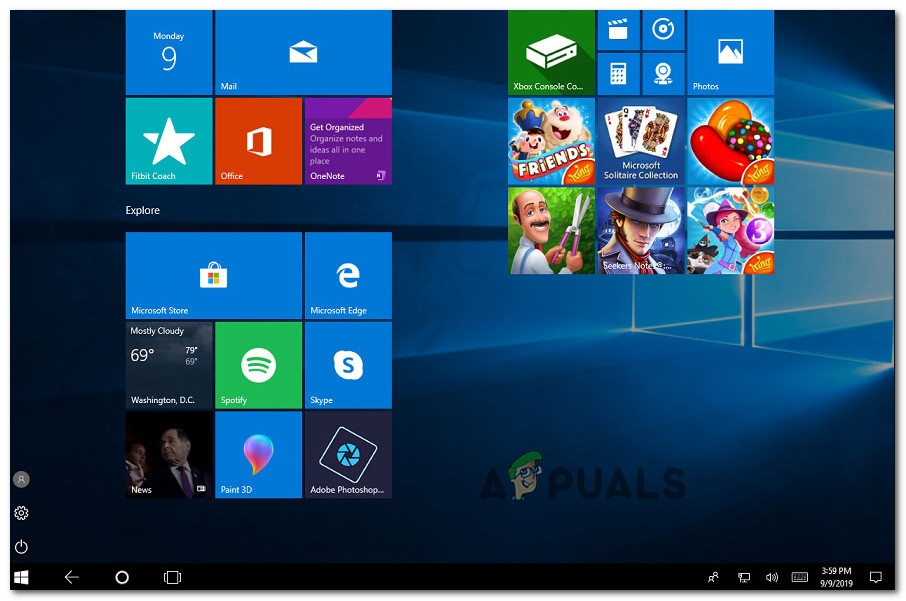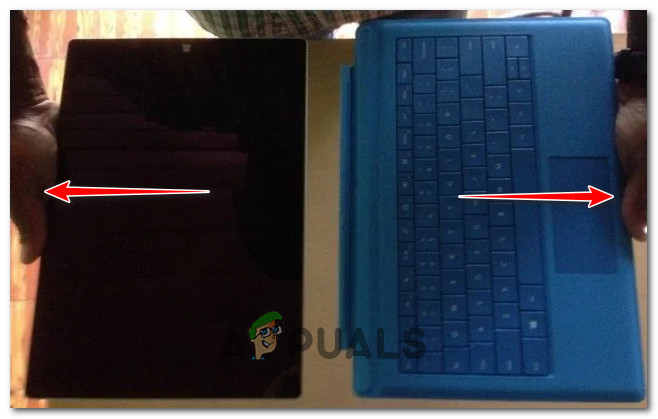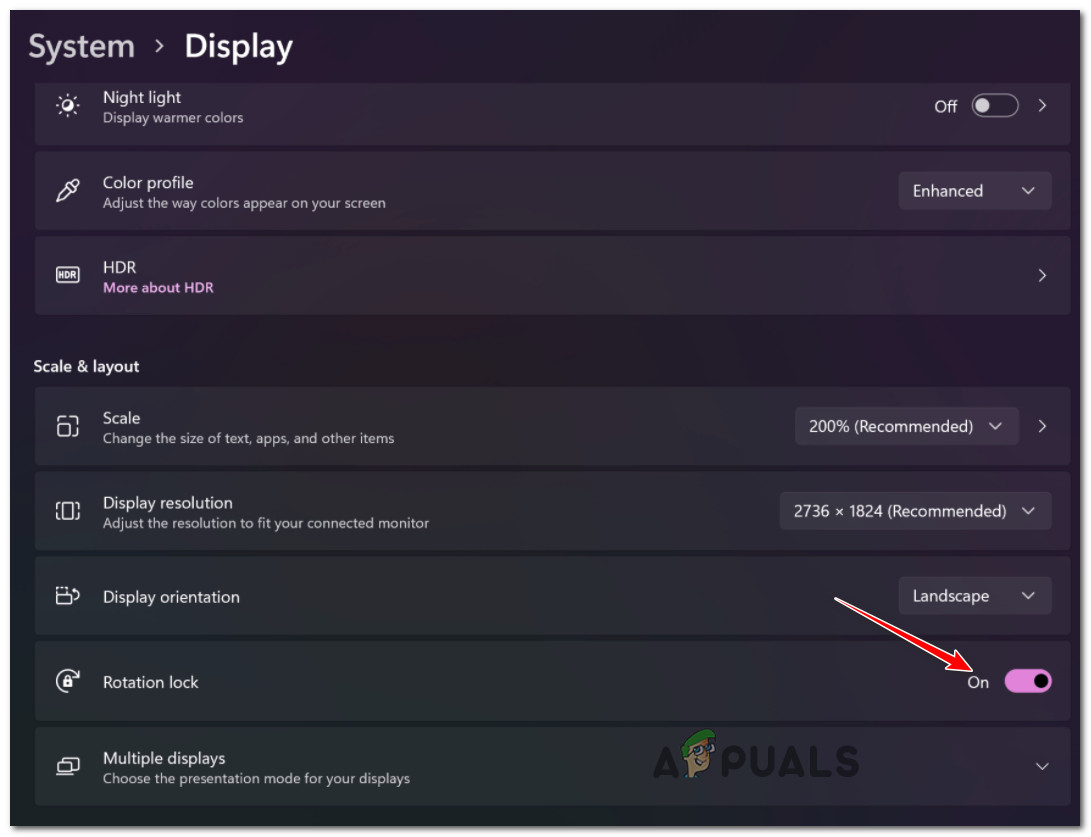As things are right now with the latest Windows 11 Preview Build, Microsoft has completely scraped off tablet mode and replaced it with functionality that will auto-enable or disable Tablet Mode depending on how you’re using your device.
What’s going on with Tablet Mode on Windows 11?
Let’s face it, Tablet Mode was never a strong suit of Windows. Unlike other features, Tablet Mode has not changed much with the latest two iterations and I personally always felt that it’s due for a redesign. On Windows 11, instead of having a dedicated Tablet Mode toggle that you can enable or disable yourself, your operating system will sense when a keyboard has been removed and it will auto switch to Tablet Mode, making the UI touch-friendly. Removing the dedicated Tablet Mode toggle might confuse some users, but it’s a step in the right direction. Windows 11 is designed to be used with and without a touch screen without having to make fundamental changes to the UI – as was the case with older Windows versions. When you trigger the switch to Tablet Mode on Windows 11, the icons kind of space themselves a bit more so you don’t run the risk of touching the neighboring buttons. But that’s about it.
How to Enable Tablet Mode
If your Windows 11 device has touch capabilities, you probably already enabled Tablet Mode without realizing it. All you need to do is disconnect the keyboard from your tablet and your operating system will auto-enable touch screen capabilities. The trick is you won’t really notice any changes. Don’t expect a full-blown Tablet Mode that will drastically change how your OS looks and behave. You’ll only notice how all the UI icons space out a little, but that’s about it. Windows 11 is designed to be a hybrid between traditional use and Tablet Mode, so no changes of this kind are needed. And it works well (for the most part).
How to Fix Tablet Mode Screen Not Rotating on Windows 11
However, Windows 11 is still in preview mode, so inconsistencies are to be expected until Microsoft manages to streamline the experience. As of now, the biggest problem is that the screen of Windows 11 has a tendency to refuse to auto-rotate along with the device orientation once you disconnect the keyboard and force the enablement of Tablet Mode. This behavior is currently mostly reported with Surface and Surface Pro devices. Upon investigating the issue, we realized that this is not really an inconsistency, but rather a feature. There’s a Rotation Lock that’s enabled by default on Windows 11 – if you switch it off and reboot your PC, auto-rotation will start working. Follow the instructions below for steps on fixing tablet mode screen not rotating on Windows 11: Update: It’s also possible to see the auto-rotate failing even after you disabled lock rotation. In this case, a simple restart typically helps. Microsoft is already working on a fix for this issue, so all you can do is to keep your Windows 11 updated with the latest updates.
The Problem with the Tablet Mode Behavior on Windows 11
This auto-switching behavior is great for most users, but what about those that are using a micro gaming computer GPD or a different device that doesn’t allow you to detach the keyboard from the touch screen surface? As things stand right now, these users are essentially prevented from using Tablet Mode on Windows 11 even if they’re using a device that should have access to this functionality. As of now, there’s no way to manually enable tablet mode on Windows 11. It remains to be seen if Microsoft will decide to add this functionality in the future or not.
Fix: Windows 10 Stuck in Tablet ModeHow to Turn Off Tablet Mode on Windows 10Android 13 QPR1 Beta Reveals a Pixel ‘Pro’ Tablet Under Development, Along With…How To Switch Modes Tablet/Desktop In Windows 10



